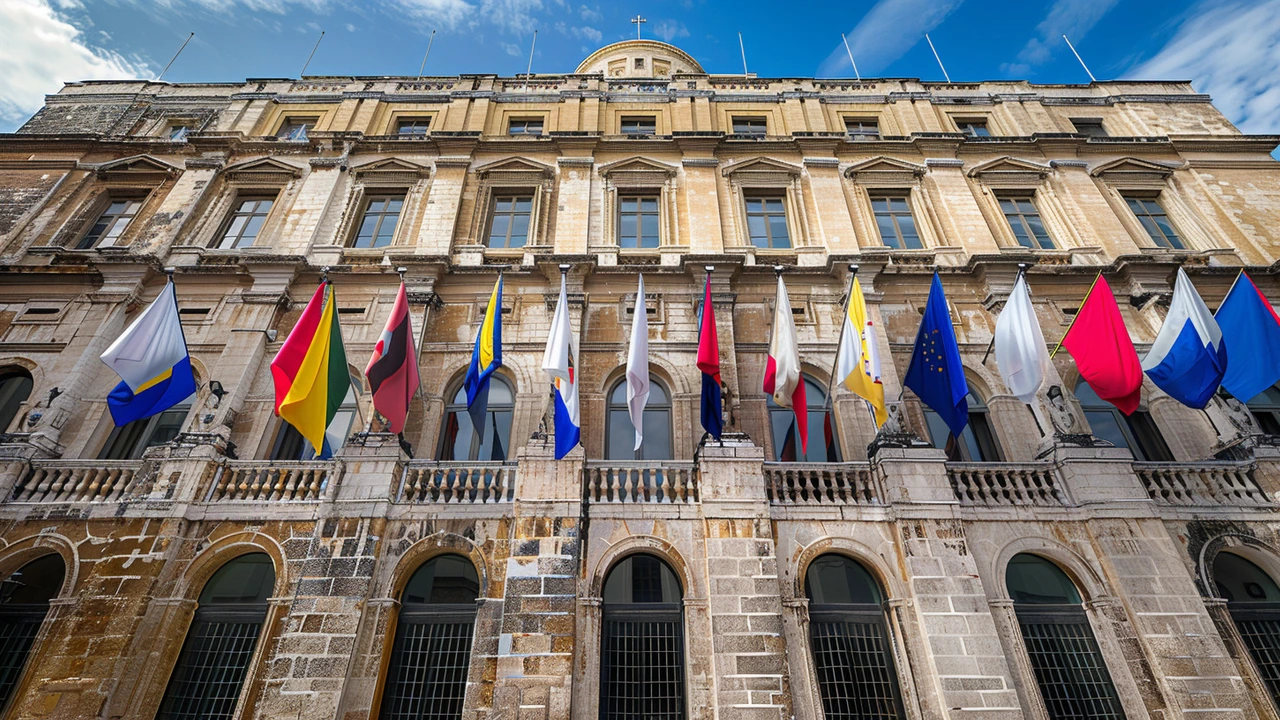Seized Russian Assets Could Become Lifeline for Ukraine
In a move aimed at supporting Ukraine amidst its ongoing conflict with Russia, Western diplomats, particularly those from G7 nations, are considering a landmark utilization of confiscated Russian financial assets. These assets, seized in 2022 by Western governments, amount to an astounding $300 billion, with the majority held in European banks. The income generated from these frozen assets is seen as a potential lifeline for Ukraine, both for immediate military needs and post-war reconstruction efforts.
The Mechanics of Financial Aid
The G7 economies, which include some of the world’s largest and most influential nations, have agreed in principle to allocate the interest generated from these seized assets to Ukraine. The estimated interest, approximately $3 billion per year, could provide significant financial support. However, the specifics of how these funds will be distributed are still under hot debate.
Two primary proposals have emerged. The European plan suggests a steady stream of aid, transferring the $3 billion annual interest to Ukraine every year or every two years. This method aims to spread the financial support over a longer period, thus ensuring continuous aid. Professor Scheherazade Rehman from George Washington University points out that this could prevent abrupt shortages of funds for Ukraine during its recovery phases.
Conversely, the American approach is more immediate. The U.S. proposes an upfront payment of $60 billion, addressing urgent battlefield needs and immediate recovery projects. This hefty initial support would be based on the long-term reallocation of the interest generated. In essence, future interest from the Russian assets would be used to repay this massive loan, ensuring Ukraine gets a significant financial boost without waiting for yearly disbursements.
Debate Over Distribution Methods
These differing approaches have sparked intense discussions among G7 members. The Euroclear portion, where $190 billion of the frozen assets are held in Belgium, is particularly contentious. European nations argue that a gradual and sustained financial injection is more beneficial, mitigating the risks associated with large lump-sum transfers that could be subject to misuse or rapid expenditure. This viewpoint emphasizes stability and long-term planning for Ukraine's post-war reconstruction.
On the other hand, American diplomats stress the urgent need. Ukraine's military faces immediate and severe demands, from weapon procurement to infrastructural rebuilding in war-torn regions. The U.S. believes that a significant influx of funds at once would be more effective in addressing these critical requirements, potentially shifting the balance in the conflict and speeding up recovery.
Political and Strategic Implications
As the discussions stand, the final form of the agreement remains uncertain. The G7 summit represents a critical juncture where these differences might be reconciled. Sources close to the planning reveal that President Biden is set to make a final push for a compromise. The objective is to meld the European plan’s sustainability with the U.S. proposal’s urgency, possibly creating a hybrid solution that addresses both immediate and long-term needs.
Adding to the complexity are recent European parliamentary elections, which have seen a significant shift in political dynamics. The hard right in several European countries has gained ground, potentially influencing the negotiations. This political shift might alter the consensus towards a more cautious or stringent approach regarding the distribution of funds, reflecting the electorate's growing concerns over financial prudence and strategic interests.
Broader Impact on International Relations
This initiative, beyond being a financial rescue for Ukraine, represents a broader statement by the G7. It underscores a unified stance against Russian aggression and a commitment to supporting nations under threats to their sovereignty. By converting seized assets into aid, the G7 is making a symbolic and practical move that could set a precedent for future conflicts and diplomatic resolutions.
The potential success of this initiative could also pave the way for more robust international financial mechanisms. It highlights the strategic use of financial leverage in geopolitics and the importance of collaborative efforts in crisis management. The ongoing negotiations and their outcomes will be closely monitored by global observers, interested in this novel approach to modern conflict resolution and international support.
Conclusion
As the G7 summit approaches its culmination, the world watches keenly. The fate of Ukraine’s financial aid package remains in the balance, hinging on the ability of Western diplomats to negotiate a deal that satisfies both immediate needs and long-term stability. Regardless of the final terms, the mere consideration of using seized Russian assets marks a significant step in international diplomacy and support for war-torn nations. This innovative approach, if successful, could redefine how nations respond to, and recover from, global conflicts.

